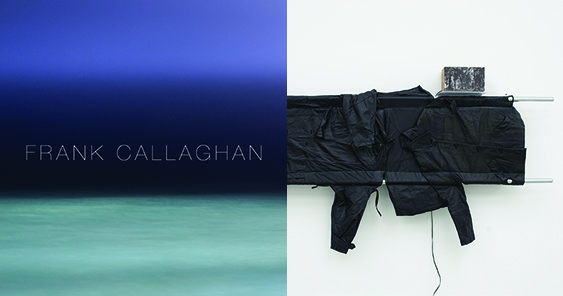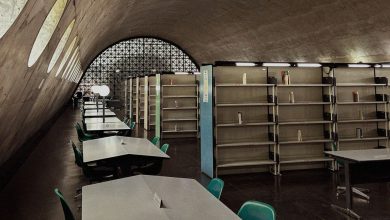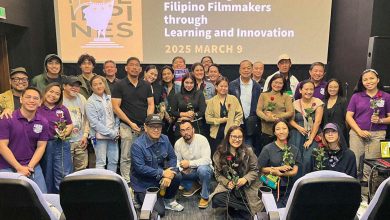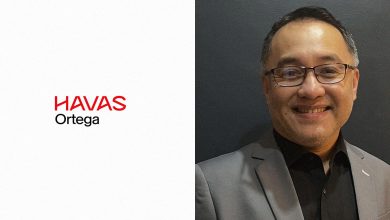‘Silverlens’ is pleased to present Frank Callaghan’s exhibition, Search/Light, his fifth solo show with the gallery. His last show, Dead Ends in 2014 won the prestigious Ateneo Art Awards. In this highly anticipated new series of seventeen photographs, he continues his night shooting that has become his signature.

Frank Callaghan
Sponsor“Search/Light”
Solo Exhibition
Silverlens
17 August to 16 September 2017
Opening Reception
17 August, Thursday, 6–9 PM. The artist will be present.
It would’ve been an interesting coincidence, a neat and convenient starting point to begin this with how the development of lighthouses occurred simultaneously with the discovery of photography. In truth, these raised, fire-lighted structures like the Pharos of Alexandria easily predate the invention of the camera by two thousand years. Still, if we limit our scope within the modern era of lighthouses, when they began being utilized primarily to warn ships of hazardous shoals and isthmuses and the light source shifted from wood and oil burners to electric light, then perhaps we can bridge this gap much closer.
I hold this idea of the electric very dear while writing this text, as it is something that persistently comes to mind each time I view Frank Callaghan’s new series of photographs entitled Search/Light. Shot over a period of five successive nights, this is Callaghan’s first new series in two years and is comprised of 17 photographs that make use of the barest of elements beneath the night sky: an empty sea and a piercing beam of light.
The sea is in constant motion, ever changing. It is without streets or back alleys, no dead ends or abandoned properties and is for the most part uninhabited. (Or any human presence here is transitory; whatever’s left is easily washed off, scattered or dissolved by the unceasing waves.) The nearest architectural structure in each photograph is probably the searchlight itself and while it is kept outside the frame, it is somehow enlisted as a kind of incidental stage light, an unknowing collaborator. I initially thought that the lights were automated, programmed to scan the ocean at precise intervals throughout the night.
Later I learned that they were manually operated, each mechanical, surrogate sun switched on and deliberately swiveled by human hands for about thirty seconds to a minute, every half hour until daybreak. From this rhythmic, albeit hyper-compressed shooting time frame, Callaghan has managed to extract the breadth of possibilities in this series that seemingly repurposes the camera beyond a mere recorder of natural phenomena into a kind of modulator, taking the nuances of light hitting (in my eyes, electrifying) the water and shaping them into distinct compositions that range in appearance from the thinnest sliver of light to the almost painterly haze of soft pastels, with the horizon being the only constant and perhaps the only reference to geometry that’s left. Some artists would sketch, make drafts, and create multiple mock-ups to arrive at a single, definitive image of an idea.
Others, like Callaghan, articulate through iterations, by way of laying out a range of possible expressions of an impulse which when taken as a whole reveal to be a kind of narrative, a record of its own creation.
On the fifth night, the beam of light ventured further inland and while immersed in shooting he was abruptly revealed to the light’s operator. The anonymous yet strangely intimate structure of the whole process fell apart once they became fully aware of each other’s presence and so the series came to an end. Looking back, one may infer within this framework an effective antidote to the failings of Narcissus.
Whereas the mythical hunter tragically fell in love with his reflection in the water, Callaghan skillfully avoided seeing himself and yielded this role to the light, allowing it to gaze and peer into the reflective sea, content at being a witness to this dialogue, knowing that any glimmer of this reflected light that seeps into his camera can propel the narrative into yet unforeseen directions.
Silverlens is also proud to announce Eric Zamuco’s latest solo exhibition, Almost Not.

Eric Zamuco
“Almost Not”
Solo Exhibition
Silverlens
17 August to 16 September 2017
Opening Reception
17 August, Thursday, 6–9 PM. The artist will be present.
His fourth show with the gallery Almost Not contemplates on the thresholds of meaning reached through new associations between objects and their recontextualizations. Here, the principal object being military field gurney stretchers, Zamuco re-imagines their appearance by counter-weighting them with other objects devised from either personal histories or formal transgressions. Light, sound, video, and print are just some of the elements that accompany the gurney stretchers’ new design which is painted in chrome and are wrapped in leather jackets, prompting new readings from their original function against a kind of sleek, minimal, and modernist aesthetic more associated with comfort rather than death.
Military field gurney stretchers, while they symbolize imminent danger or even the possibility of death, are transformed within a new context–one which can transport meaning, or moreover, a narrative. Culled from Zamuco’s own memories of tales about war and its overarching theme of life suspended, either on its way towards revival or demise, the different permutations bestowed on the stretchers refer to this state: between the throes of being or not; of surviving or decaying; of an ‘almost-life’ against a lifeless field struck by violence and impunity–which is not too far from the present state of things.
Eric Zamuco’s Almost Not serves as a paean to the suffering body, disguised under the neat and modish quiescence of leather and chrome. Jackets, pants, and skirts that are fitted to the stretchers become indices to a persona, to the men and women who have reached the threshold of their existence and are carried away to a certain fate. Their new appearance, in Eric Zamuco’s construction, is their re-appearance. One that makes its way to new meanings, one that suggests signs of life.










